Home>Garden Essentials>How To Grow Tree From Seed


Garden Essentials
How To Grow Tree From Seed
Modified: March 20, 2024
Learn the step-by-step process of growing a tree from seed in your garden. Discover expert tips and techniques for successful tree propagation.
(Many of the links in this article redirect to a specific reviewed product. Your purchase of these products through affiliate links helps to generate commission for Storables.com, at no extra cost. Learn more)
Introduction
Starting a garden from seeds is an exciting and fulfilling experience. The process of watching a tiny seed transform into a beautiful and thriving tree is truly miraculous. Growing trees from seeds allows you to have a greater connection to nature and a sense of accomplishment. Whether you’re a seasoned gardener or a beginner, cultivating trees from seeds is an accessible and rewarding endeavor.
In this article, we will explore the steps to successfully grow a tree from seed. We will discuss selecting the right seeds, preparing the soil, planting the seeds, providing adequate water and sunlight, protecting the seeds from pests and diseases, monitoring growth and progress, and ultimately, transplanting the seedlings.
So, let’s dive in and discover how you can turn a handful of seeds into a stunning forest of trees!
Key Takeaways:
- Growing trees from seeds is a patient and rewarding journey that requires careful selection of seeds, soil preparation, and consistent care to nurture tiny seeds into majestic trees.
- By providing the right environment, water, and sunlight, and protecting from pests and diseases, you can watch your seeds transform into beautiful trees, contributing to the ecosystem and leaving a positive impact on the environment.
Read more: How To Grow A Tree From A Seed
Selecting the Right Seeds
When it comes to selecting seeds for growing trees, there are a few factors to consider. The first is the climate and region where you reside. Different trees thrive in different climates, so it’s crucial to choose seeds that are well-suited for your specific location. Research the native trees in your area or consult with local experts to determine which species are the best fit.
Another important aspect to consider is the purpose of your tree. Are you looking for shade, fruit production, or simply aesthetics? This will help you narrow down your seed choices. Additionally, take into account the size of the mature tree and whether it requires special conditions such as full sun or partial shade.
Once you have a clear understanding of the type of tree you want to grow, it’s time to source quality seeds. You can find tree seeds at gardening centers, nurseries, or online retailers. Choose seeds from reputable sellers to ensure their viability and quality.
Inspect the seeds before purchasing. Look for seeds that are plump, uniform in shape, and free from any signs of damage or decay. Avoid seeds that are discolored or moldy, as they are less likely to germinate successfully.
Lastly, be aware of the specific germination requirements of the tree species you’re interested in. Some seeds require stratification, which is a period of cold treatment to break dormancy. Others may need scarification, where the seed coat is scratched or nicked to promote germination. Understanding these requirements will increase your chances of successful seed germination.
By taking the time to select the right seeds for your specific climate and purpose, you are setting yourself up for success right from the start. The next step is to prepare the soil to provide the optimal conditions for your seeds to grow.
Preparing the Soil
Preparing the soil is a crucial step in growing trees from seeds. It lays the foundation for healthy root development and provides the necessary nutrients for seed germination and growth.
Start by choosing a location that receives adequate sunlight for the specific tree species you’re planting. Clear away any weeds, rocks, or debris from the area to create a clean surface for planting.
Next, test the soil pH. Most trees prefer a slightly acidic to neutral pH range. You can use a soil testing kit available at gardening stores or send a soil sample to a local agricultural extension office for analysis. Based on the results, you may need to amend the soil to adjust the pH levels.
Improve the soil structure by adding organic matter such as compost or well-rotted manure. This enriches the soil with beneficial nutrients, improves drainage, and enhances moisture retention. Spread a layer of organic matter on top of the soil and incorporate it using a garden fork or tiller.
It’s important to ensure that the soil is well-draining to prevent waterlogged conditions that can hinder seed germination and root growth. If the soil in your chosen location has a high clay content, consider adding sand or perlite to improve drainage.
Additionally, consider incorporating a balanced slow-release fertilizer into the soil. This will provide essential nutrients to support the initial growth of the seedlings. Follow the manufacturer’s instructions for application rates.
Before proceeding with planting, moisten the soil with water. Avoid soaking it, as excessively wet conditions can lead to rotting seeds or disease development.
By taking the time to prepare the soil properly, you are creating an optimal environment for your tree seeds to thrive. Now it’s time to move on to the exciting part – planting the seeds!
Planting the Seeds
Planting the seeds is where the magic begins. Follow these steps to ensure proper seed placement and promote successful germination:
- Start by digging small holes in the prepared soil. The depth and spacing will vary depending on the tree species. As a general guideline, plant the seeds at a depth of two to three times their diameter. Place the holes approximately one to two feet apart to allow enough room for the seedlings to grow.
- Place one or two seeds in each hole, gently covering them with soil. Pat down the soil around the seeds to ensure good seed-to-soil contact.
- Label each planted seed with its corresponding tree species. This will help you keep track of which seeds are which as they start to germinate and grow.
- Water the newly planted seeds thoroughly but gently. Aim to moisten the soil evenly without creating puddles or washing away the seeds.
- Consider covering the planted area with a thin layer of mulch. Mulch helps retain moisture in the soil, regulates soil temperature, and suppresses weed growth. Use organic materials such as wood chips, straw, or dried leaves.
It’s important to note that not all seeds will germinate successfully. Some may be damaged or not viable, while others may take longer to sprout. Be patient and wait for nature to take its course, providing the ideal conditions for germination.
Continue to water the planted seeds regularly, keeping the soil consistently moist but not waterlogged. Avoid overwatering, as this can lead to root rot or fungal diseases.
Now that you have planted the seeds, it’s time to provide them with the necessary elements for growth – water and sunlight.
Providing Adequate Water and Sunlight
Water and sunlight are essential for the growth and development of tree seeds into healthy seedlings. Here’s how you can ensure your seeds receive the proper amount of water and sunlight:
Water:
- After planting the seeds, it’s important to keep the soil consistently moist during the germination period. Depending on the weather and soil conditions, this may require watering once or twice a day.
- Use a gentle sprayer or watering can to avoid disturbing the seeds and seedlings. Water the soil around the seeds rather than directly onto the plant to prevent damaging the delicate structures.
- Monitor the moisture levels of the soil regularly. Stick your finger about an inch into the soil – if it feels dry, it’s time to water. Adjust your watering schedule accordingly, ensuring that the soil remains evenly moist but not waterlogged.
- As the seedlings grow, gradually reduce the frequency of watering. This encourages deep root growth as the seedlings search for water in the soil. Instead of frequent shallow watering, provide a thorough watering once or twice a week.
Sunlight:
- Most trees require ample sunlight to grow and thrive. Choose a planting location that receives at least six to eight hours of direct sunlight per day.
- If your chosen location doesn’t receive enough sunlight, consider pruning surrounding trees or shrubs to allow more light to reach your seedlings.
- Keep in mind that different tree species have varying sunlight requirements. Some trees, like fruit-bearing varieties, may benefit from a combination of full sun and partial shade.
- Regularly monitor the sun exposure of your seedlings and adjust their positioning if necessary. Rotate pots or containers to ensure all sides of the plant receive adequate sunlight.
By providing the right amount of water and sunlight, you are setting the stage for healthy growth and development. However, we must also protect the seeds from potential threats such as pests and diseases.
Plant tree seeds in a small pot with well-draining soil. Keep the soil moist and place the pot in a sunny spot. Once the seedlings are strong enough, transplant them to a larger pot or directly into the ground.
Read more: How To Grow An Apple Tree From A Seed
Protecting the Seeds from Pests and Diseases
Just like any other plants, tree seeds are vulnerable to pests and diseases. Protecting your seeds from these potential threats is crucial to ensure their successful growth. Here are some steps you can take to safeguard your seeds:
- Inspect and quarantine: Before planting the seeds, carefully inspect them for any signs of pests or diseases. Remove any seeds that appear damaged or infected. Additionally, consider quarantining the seeds in a separate area for a few days to observe if any pests or diseases emerge.
- Use natural repellents: To deter pests, consider using natural repellents such as neem oil or garlic spray. These solutions help repel insects without harming the seeds or the environment.
- Practice good hygiene: Maintain cleanliness in your gardening area to reduce the risk of pests and diseases. Regularly remove fallen leaves, debris, and weeds that may harbor pests or serve as a breeding ground for fungi or bacteria.
- Provide good airflow: Proper airflow can help prevent the development of fungal diseases. Avoid overcrowding the plants and ensure there is sufficient space between them to allow for air circulation.
- Monitor for pests: Regularly inspect your seedlings for any signs of pest activity. Common pests that can affect tree seeds include aphids, caterpillars, and snails. If you notice any pests, remove them manually or use organic pest control methods to eliminate them.
- Promptly address diseases: If you observe any symptoms of diseases, such as wilting, discoloration, or spots, take immediate action. Identify the issue and apply appropriate organic disease control methods or consult with a local garden expert.
By being proactive and taking preventive measures, you can minimize the risk of pests and diseases affecting your seeds. Regular monitoring and prompt action are key to maintaining the health of your seedlings.
Now that you have taken steps to protect your seeds, it’s time to monitor their growth and progress.
Monitoring Growth and Progress
Monitoring the growth and progress of your tree seedlings is essential to ensure their health and make necessary adjustments in their care. Here are some key factors to keep an eye on:
- Germination: Keep track of the germination process. Depending on the tree species, germination can take anywhere from a few days to several weeks. Monitor the seedlings closely and note their progress as they emerge from the soil.
- Growth rate: Observe how quickly the seedlings are growing. Healthy tree seedlings should exhibit steady growth, with new leaves and branches forming regularly. If any seedlings are lagging behind or showing signs of stunted growth, investigate possible causes such as lack of nutrients or insufficient sunlight.
- Foliage quality: Examine the leaves of the seedlings for any discoloration, spotting, or wilting. Healthy leaves should be vibrant and free from damage. Discolored or wilting leaves could indicate nutrient deficiencies, pests, or diseases that need to be addressed.
- Root development: Although not visible from above ground, healthy root development is vital for the long-term success of your seedlings. Gently lift a few seedlings to check for robust root systems. Healthy roots should be white or pale in color and well-branched.
- Watering: Monitor the moisture levels of the soil regularly. Adjust your watering schedule as needed, ensuring that the soil remains evenly moist. Be careful not to overwater, as this can lead to waterlogged conditions and root rot.
- Transplant readiness: Keep an eye on the size and maturity of the seedlings. Once the seedlings have developed a sturdy stem and several pairs of leaves, they may be ready for transplantation into larger pots or into the ground.
Regularly documenting the growth and progress of your seedlings will allow you to track their development and identify any potential issues early on. This will enable you to take the necessary actions to support their growth and ensure the best chance of success.
Speaking of transplantation, let’s move on to the next step in the process: transferring the seedlings to their permanent location.
Transplanting the Seedlings
Transplanting tree seedlings is a critical step in their journey towards becoming fully mature trees. Here are the essential guidelines to follow when moving your seedlings to their permanent location:
- Choose the right timing: The ideal time for transplanting depends on the specific tree species and your climate. Generally, it’s best to transplant seedlings when they are dormant or during the early spring when the soil is workable and the weather is mild.
- Prepare the new planting site: Before transplanting, select a suitable location that meets the requirements of the specific tree species in terms of sunlight, soil type, and spacing. Remove any weeds or grass from the area and prepare the soil by loosening it and incorporating organic matter.
- Carefully extract the seedlings: Gently loosen the soil around the seedlings, being careful not to damage the delicate roots. Insert a garden fork or trowel into the soil a few inches away from the seedling’s base, angling it to lift the seedling out without causing harm.
- Planting depth and spacing: Dig a hole in the new planting site that is slightly larger than the root system of the seedling. Place the seedling in the hole, making sure that the top of the root ball is level with or slightly above the soil surface. Space the seedlings according to the recommended distance for the specific tree species.
- Backfill and firm the soil: Gently fill in the hole with soil, ensuring that there are no air pockets around the roots. Lightly firm the soil around the base of the seedling to provide stability.
- Water immediately: Give the freshly transplanted seedlings a thorough watering to settle the soil and ensure adequate moisture for their establishment. Keep the soil consistently moist in the weeks following transplantation to support root development.
- Provide post-transplant care: Shield the transplanted seedlings from excessive sunlight or extreme weather conditions for a few days until they adapt to their new environment. Mulch around the base of the seedlings to retain moisture, suppress weeds, and regulate soil temperature. Regularly monitor the seedlings’ growth and address any issues promptly.
Transplanting seedlings can be a delicate process, so it is crucial to handle them with care and provide the necessary aftercare to help them thrive in their new home.
By following these transplanting guidelines, you are well on your way to growing healthy, robust trees from seeds. With patience, proper care, and a little bit of luck, your seedlings will continue to flourish and become majestic trees that can be enjoyed for generations to come.
With the knowledge gained from this article, you can embark on your gardening journey with confidence and watch as your miniature seeds transform into beautiful and thriving trees.
Happy gardening!
Conclusion
Growing trees from seeds is a fascinating and rewarding experience that allows you to connect with nature in a profound way. By selecting the right seeds, preparing the soil, planting with care, providing water and sunlight, protecting from pests and diseases, monitoring growth, and transplanting seedlings, you can successfully cultivate trees from start to finish.
Throughout this process, it’s important to remember that growing trees from seeds requires patience and dedication. Not all seeds will germinate, and not all seedlings will thrive. However, each step in the journey is a learning experience that contributes to your growth as a gardener.
As you observe the growth and progress of your seedlings, you’ll witness the remarkable transformation from tiny seeds to magnificent trees. You’ll witness the power of nature and the fulfillment of nurturing life. The trees you grow will not only beautify your surroundings but also provide shade, improve air quality, and contribute to the overall well-being of the ecosystem.
So, whether you’re starting with just a handful of seeds or embarking on a larger-scale tree-growing project, embrace the process and enjoy every moment. Take the time to learn about the specific needs of the tree species you’re growing, and don’t shy away from seeking guidance from local experts or fellow gardeners.
Remember that gardening is a journey, and with each tree you grow, you’re making a positive impact on the environment and leaving a legacy for future generations. So, go ahead and start planting those seeds, and watch as they bloom into a flourishing forest of trees.
Happy gardening and happy growing!
Frequently Asked Questions about How To Grow Tree From Seed
Was this page helpful?
At Storables.com, we guarantee accurate and reliable information. Our content, validated by Expert Board Contributors, is crafted following stringent Editorial Policies. We're committed to providing you with well-researched, expert-backed insights for all your informational needs.
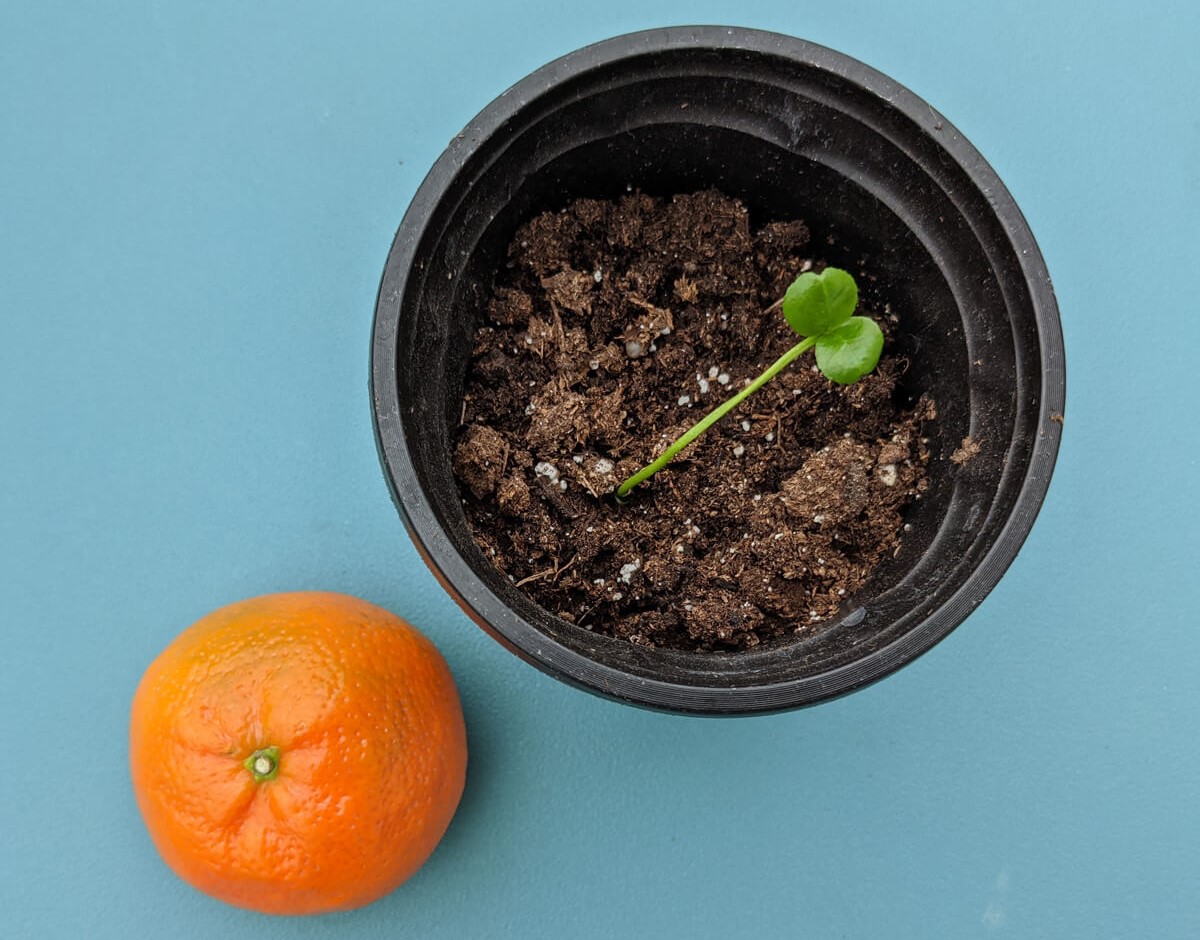
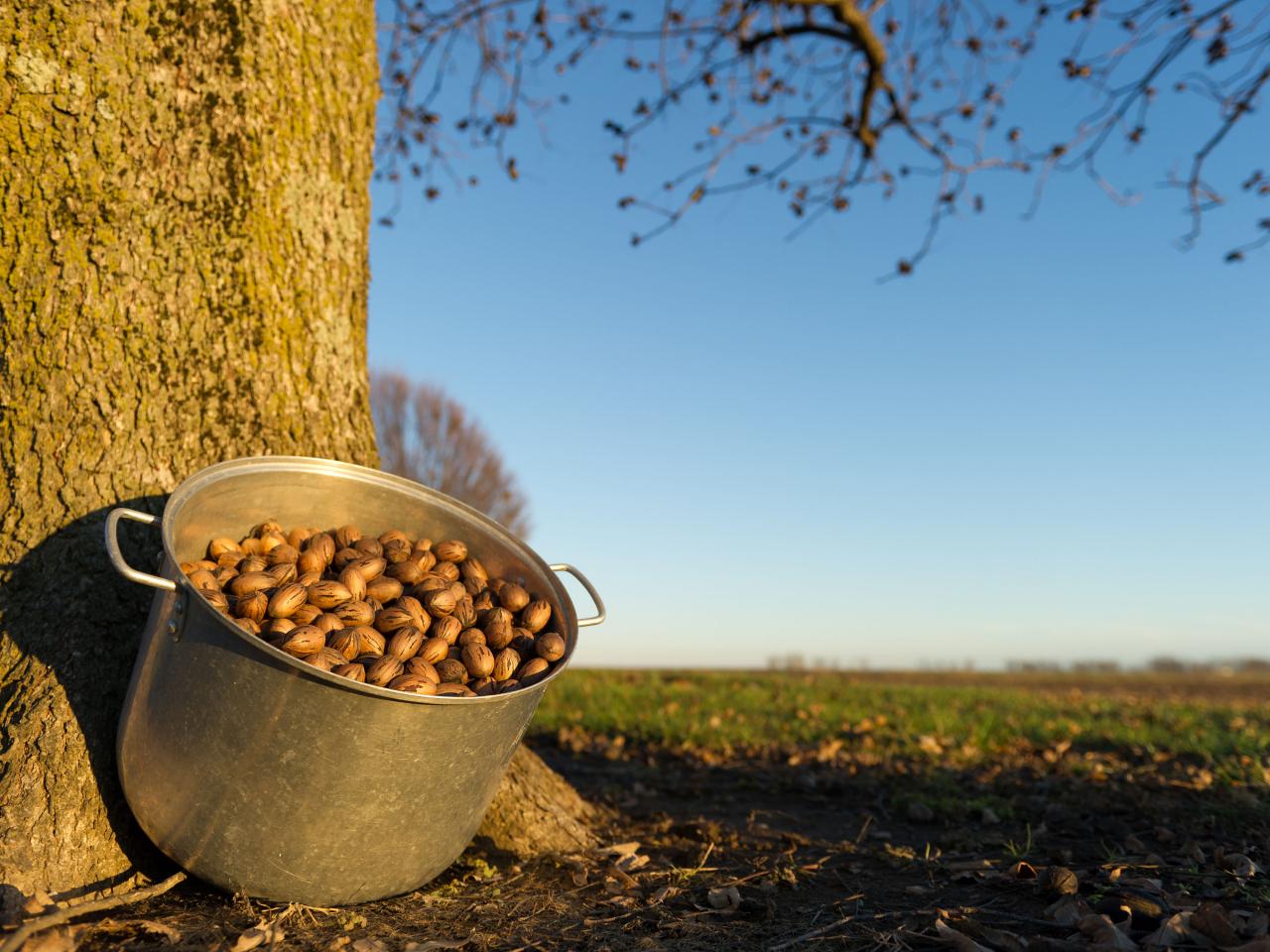
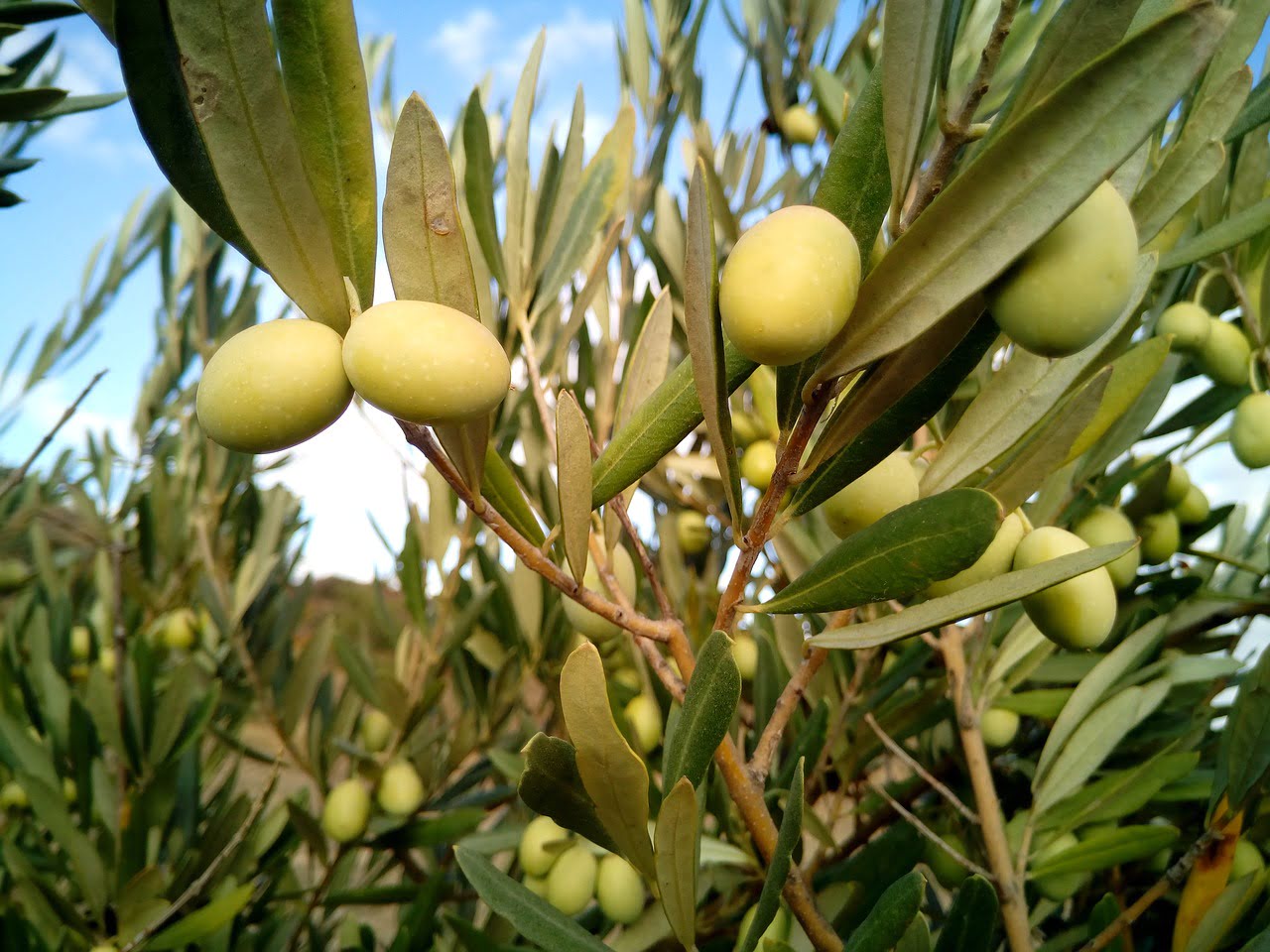
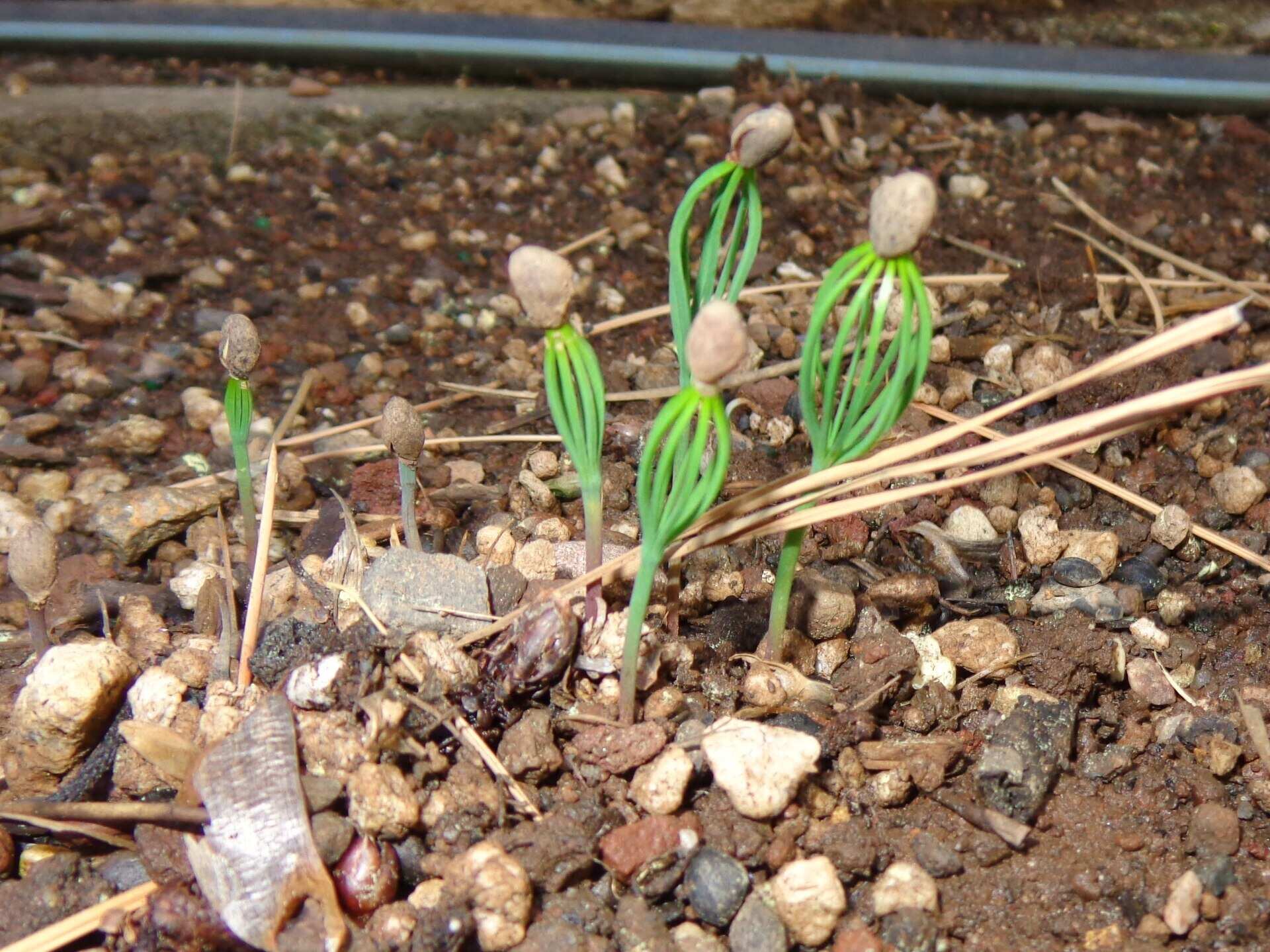
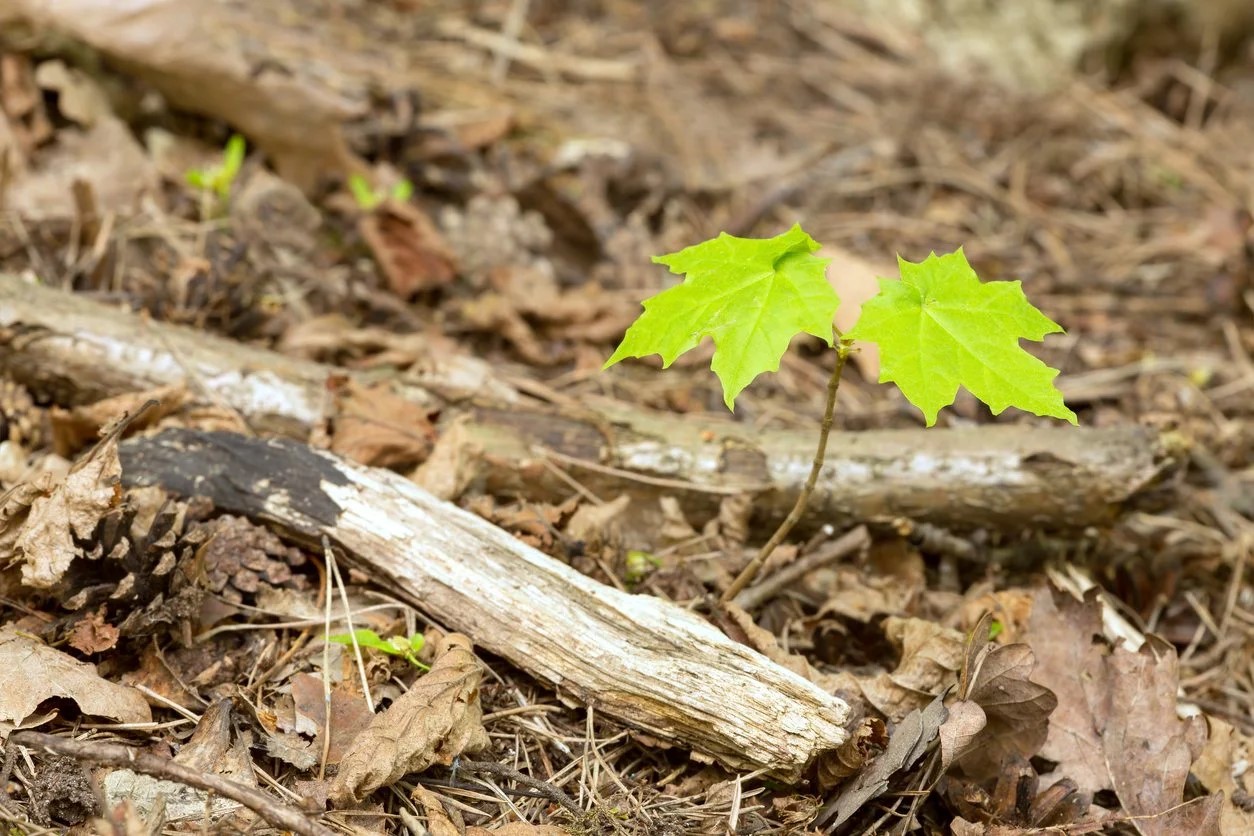
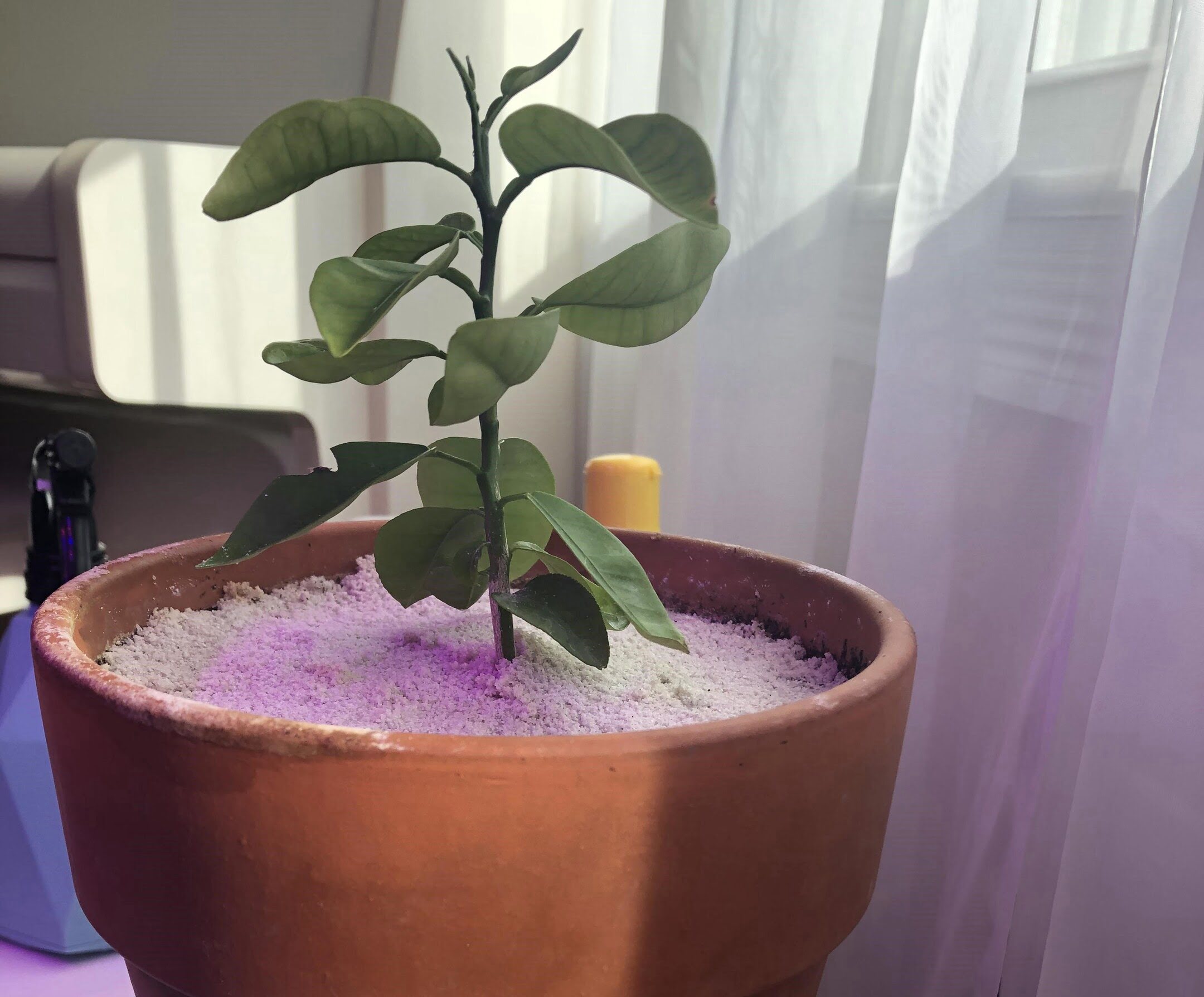
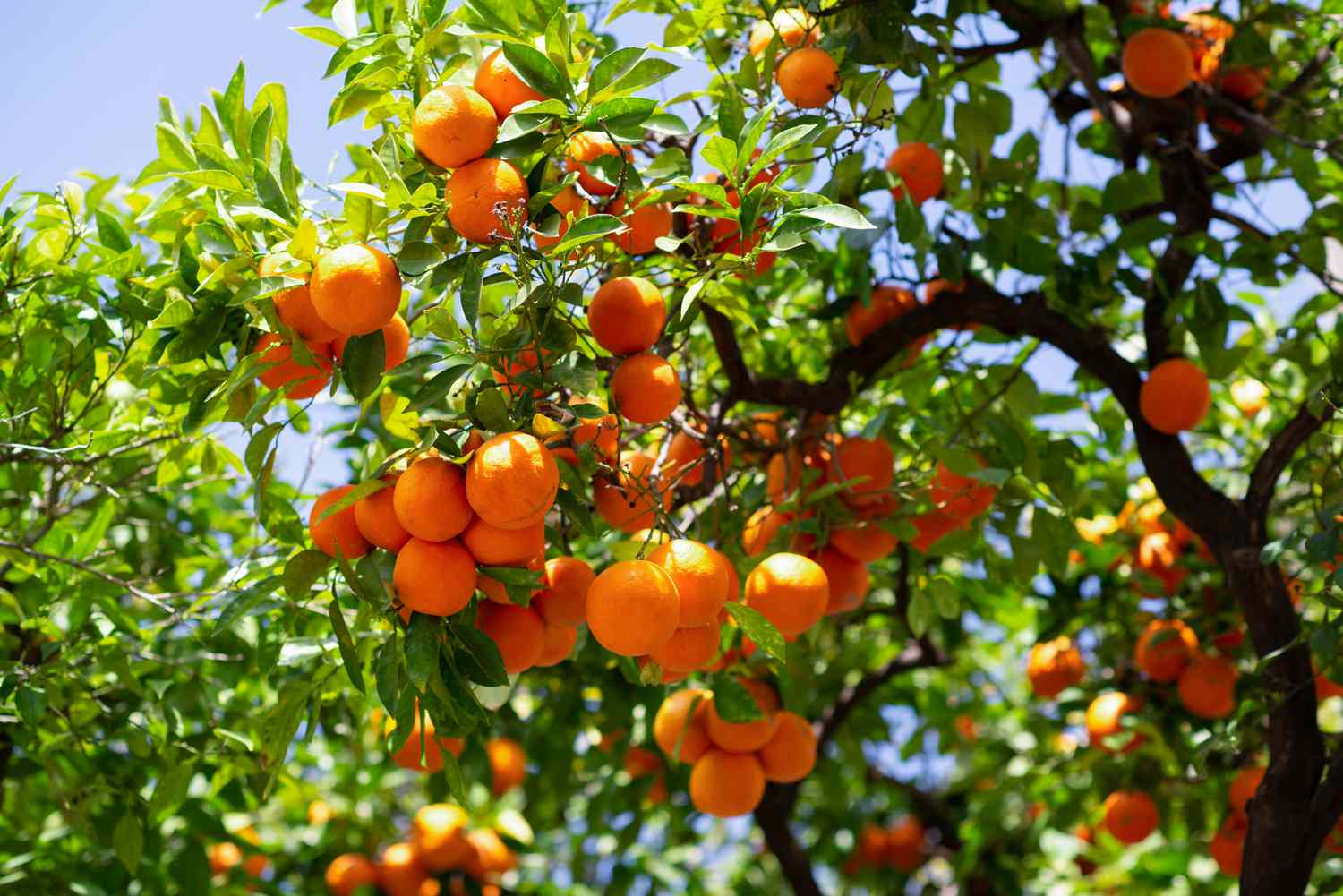
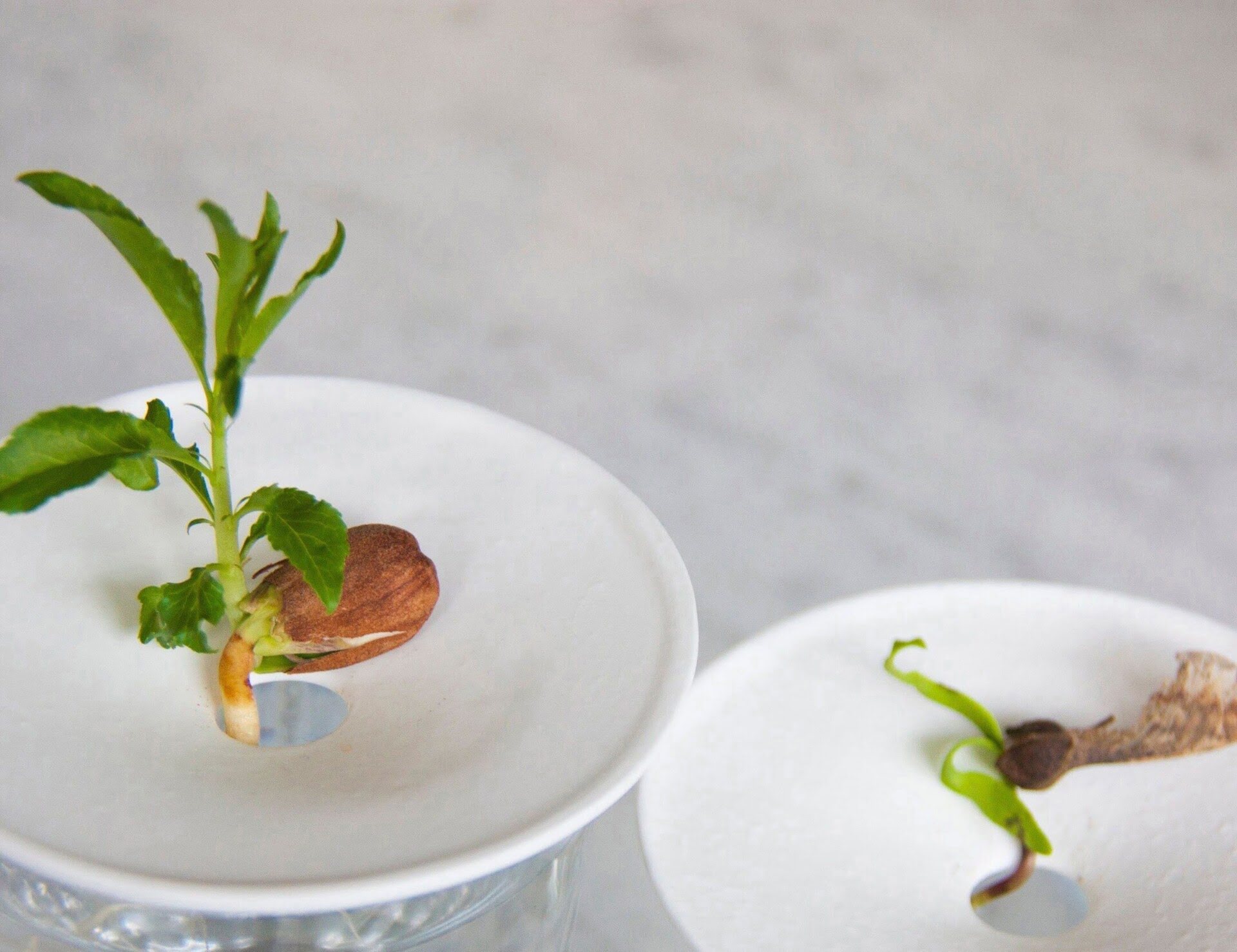
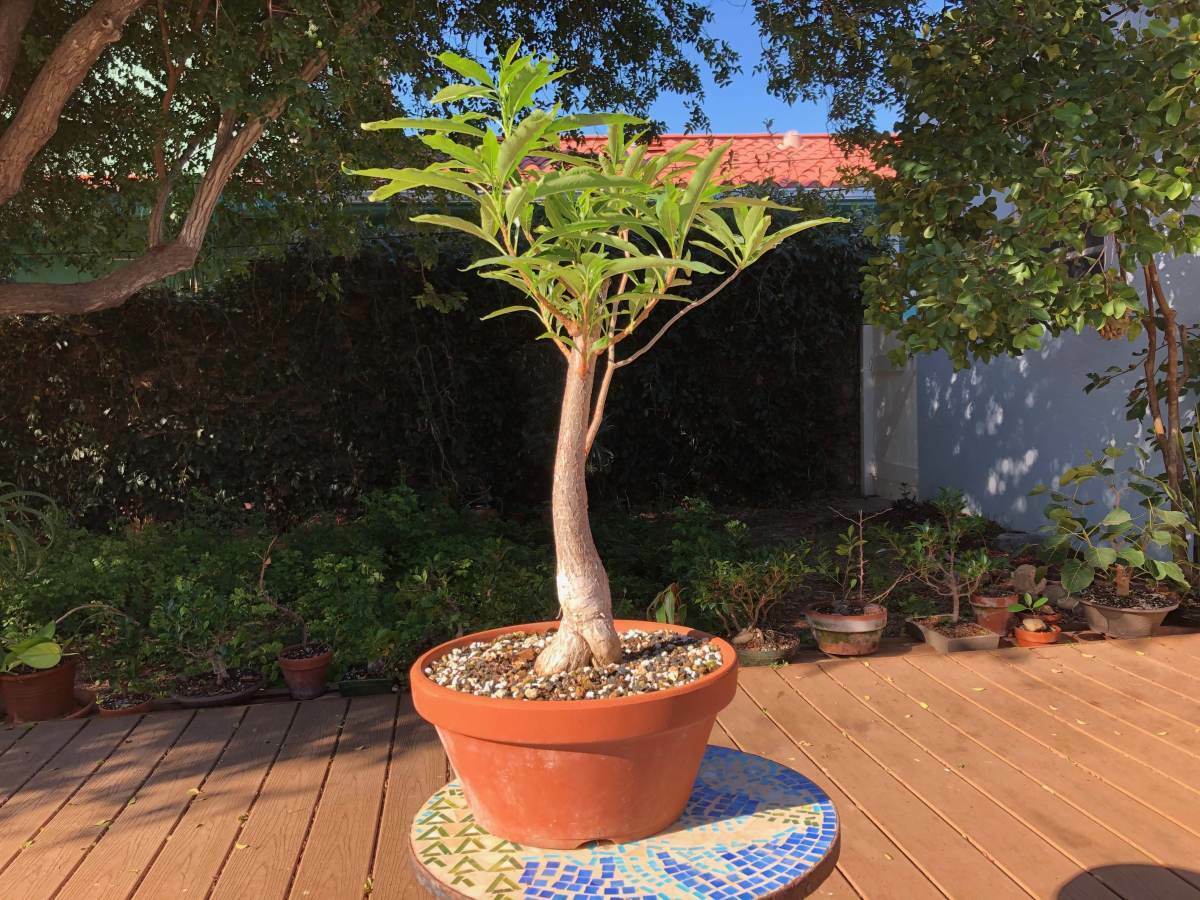
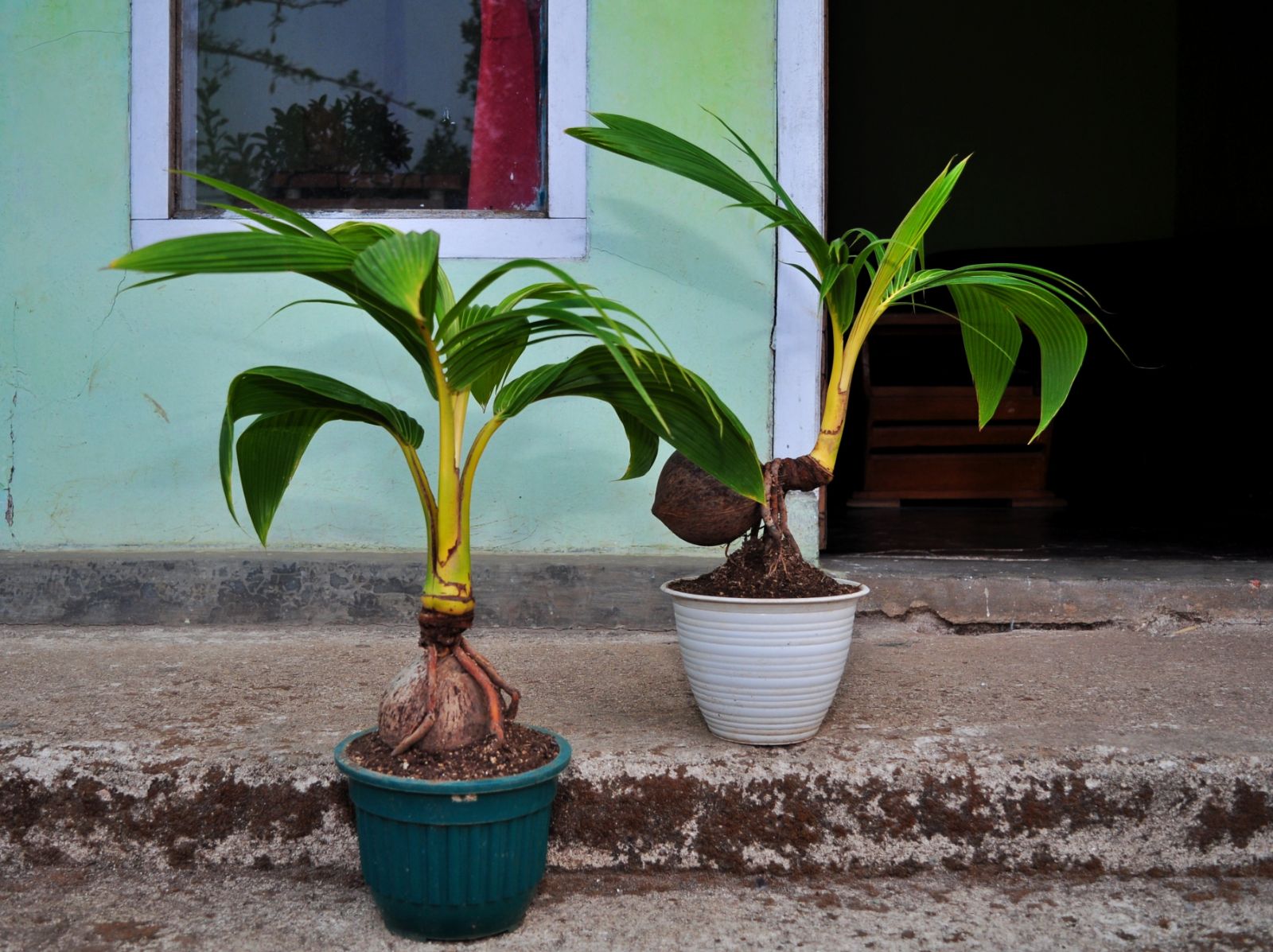
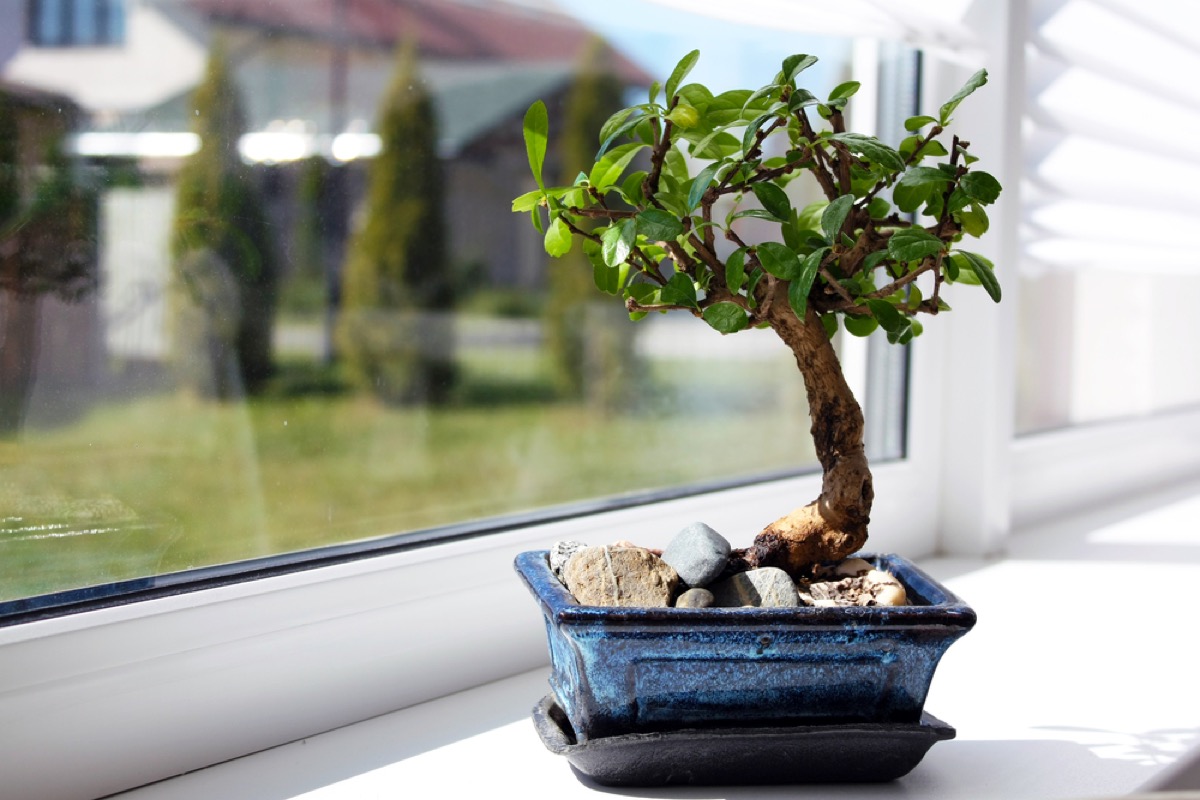

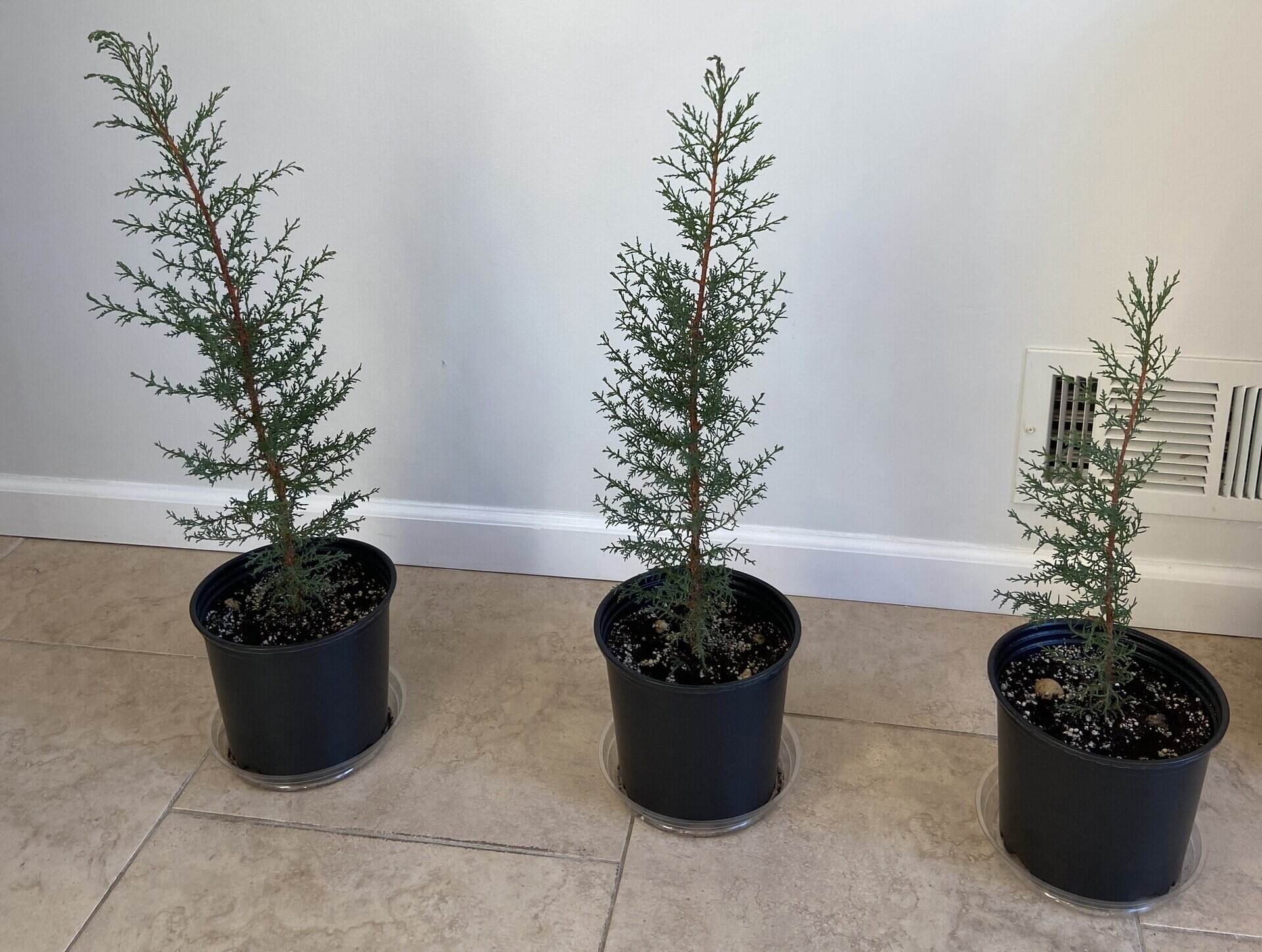
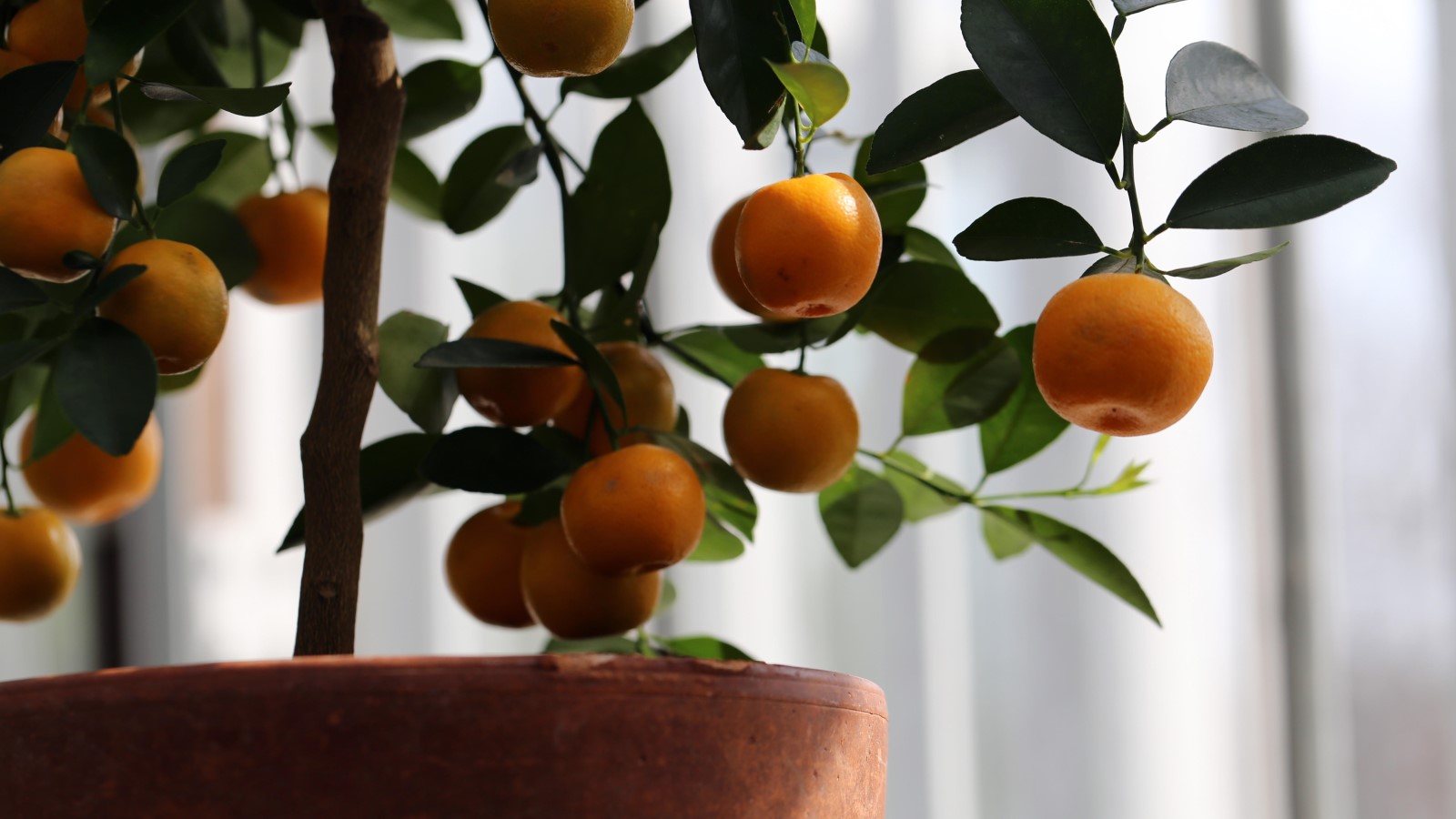

0 thoughts on “How To Grow Tree From Seed”